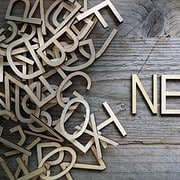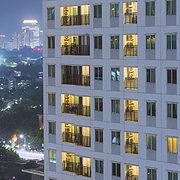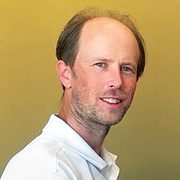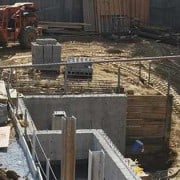6 Tips to Help Prevent a Home or Building Fire
It’s close to dinner time and you’re in a cheerful mood. You’re cooking the main course using a frying pan that has vegetables coated in oil. As light music plays through the air, the oven’s timer goes off. You turn around to attend to the dessert. It’s only been a few minutes since you’ve turned your back away from the pan. Suddenly, the main course on the stove erupts into flames. What began as a light-hearted, spirited dinner has turned into a dreadful fire.
Unfortunately, such an event is far from uncommon. The National Fire Protection Association (NFPA) reports that every year home fires peak around Thanksgiving and Christmas. Among the hustle and bustle of the holidays, it is not uncommon to leave food unattended. In fact, the NFPA states that cooking fires are responsible for over 500 deaths and just under 5,000 injuries annually. For these cooking fires, the NFPA lists leaving food cooking and equipment unattended as the number one cause.
Fortunately, such disasters are often avoidable. By simply recognizing the causes of home and building fires, and then implementing preventative and preparatory measures, home and building fires can be greatly reduced. Here we’ve come up with 6 Tips to Help Prevent a Home or Building Fire.
1. Be aware of your surroundings and educate yourself.
The best way to prevent a fire is to simply know what causes a fire and be vigilant. The U.S. Fire Administration (USFA) reports that in 2019, around 50 percent of residential building fires were caused by cooking and about 8 percent were caused by careless errors.
For a fire to survive, three elements must be present: heat, oxygen, and fuel. Heat can come from smoking, equipment, appliances, cooking, electronics and many other common household objects.
While oxygen is already present in the air, you can avoid accidentally making your house more fire-prone by being aware of spaces where oxygen is concentrated, double-checking the dangers of oxygen use and monitoring ventilation.
Finally, fuel is any flammable material. This includes a myriad of household objects: paper, charcoal, flammable fluids and many others. To prevent a fire from breaking out, avoid combining these three materials—even if it is as simple as handling one task at a time in the kitchen. Even if it takes extra time or resources, being aware of your surroundings, especially when these factors are simultaneously present, will certainly reduce the chances of house and building fires.

2. Install smoke detectors and fire sprinklers and invest in a fire extinguisher.
Sometimes, it’s not possible for a human to deduce when something is wrong. Another tip to preventing a home or building fire is to invest in sensors and devices that will detect the presence of harmful substances, like carbon monoxide or smoke. The NFPA reports that over half of home fire deaths occur in households without functioning smoke detectors. Additionally, it is not enough that a smoke detector is present—it is important to regularly check that it is functional. Embedding this step into your maintenance routine is critical for fire safety.
These seven smoke alarm tips can help a building or home owner be more proactive when maintaining and installing smoke detectors.
According to the USFA and NFPA, the most effective fire loss prevention and reduction measure for both life and property is the installation and maintenance of fire sprinklers. Using both working smoke alarms and fire sprinklers together reduces the chance of death from fire by more than 82 percent.
Investing in a fire extinguisher can make all the difference by preventing a small fire from erupting into a larger, more destructive fire. You should have one in an easily accessible spot on every floor, so that if a fire does break out it can quickly be dealt with. In addition, make sure that your fire extinguisher is not yet expired, and that the extinguisher’s needle falls in the green area.
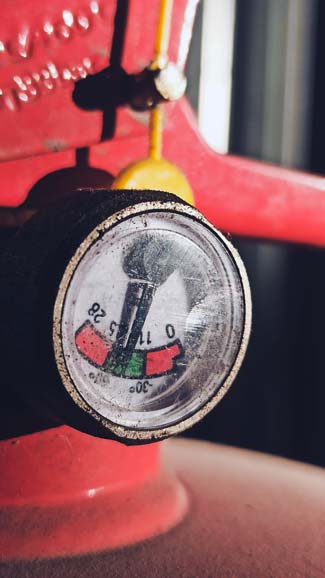
3. Maintain appliances and other electrical equipment.
A standard house is filled with many appliances and devices that if not monitored regularly can be the cause of a fire. It may simply be a faulty outlet, a broken wire, a malfunctioning water heater, stove, furnace, laundry dryer or a leaky gas line.
Maintaining equipment is a two-step process. First, you should ensure that gas appliances are installed properly, even if it means spending extra money to hire a professional installer, rather than taking it on yourself. Second, regularly have your HVAC system inspected, as well as appliances, such as a dryer, especially if it seems to be overheating. Make sure to hire an HVAC expert or appliance repair person to perform these inspections. These professionals are familiar with assessing the safety of heating, cooling and other equipment. Making such an investment could save a life.

4. Discard hazardous waste properly.
Certain environments with chemicals and strong substances can be more conducive to fires. Additionally, household items like batteries, medications, solvents, oils and other hazardous waste can cause fires. For instance, if a battery’s terminals touch another terminal, a fire can break out. Properly discarding these materials is another important preventative measure. Consult your local services to see where and how to do so.
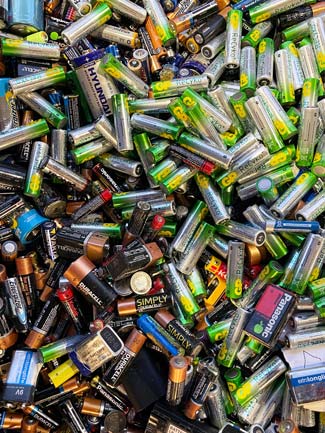
5. Practice electrical safety.
There are five types of fires, each defined by the fuel. Classes A, B, C, D, and K are caused by solids, fluids, electrical equipment, metallic equipment and oil (respectively). In particular, it is important to remember how to avoid Class C fires, since they are less common. Look out for eroding insulation, overheated equipment and device installations. Make sure to look at the specifications for all new appliances—especially light bulbs. Pay attention to any unusually hot components, signs of electrical malfunction or failure, or burning smells. Finally, if an electrical fire breaks out, immediately shut off the power source.
When there’s injuries or death associated with a home or building fire, a fire investigator typically inspects the scene and uses these three steps to determine the origin and cause of the fire.
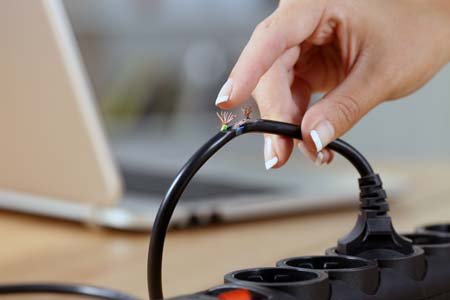
6. Invest in a security system.
Finally, it is important to recognize that building fires are not always accidental. The NFPA estimates roughly 400 deaths, 950 injuries and 815 million dollars in damage annually from arson. Building owners can reduce arson risk by removing sources of fuel that an arsonist can access (a common example is trash), securing building entry points and installing a security system. Many burglar alarms or security systems can be wired to transmit an alarm to police and fire departments. Especially in building complexes, preventing arson risk is crucial.
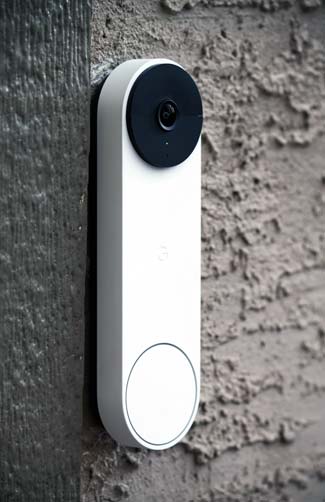
While the above six tips will mitigate the risk of a fire from occurring, it never hurts to invest extra time and resources in combating fires. This may include creating an emergency plan and ensuring all the inhabitants of a building are familiar with exits.
In combination, these six suggestions will help you actively prevent home and building fires. Collectively, as a society, we must try and reduce the number of fires—especially accidental ones. After all, it’s a matter of life and death.
If you’re a building owner, you know how important a fire protection system is in protecting a building’s occupants and its assets. If you’re ever in need of a fire sprinkler expert witness, contact Ivey Engineering today.


